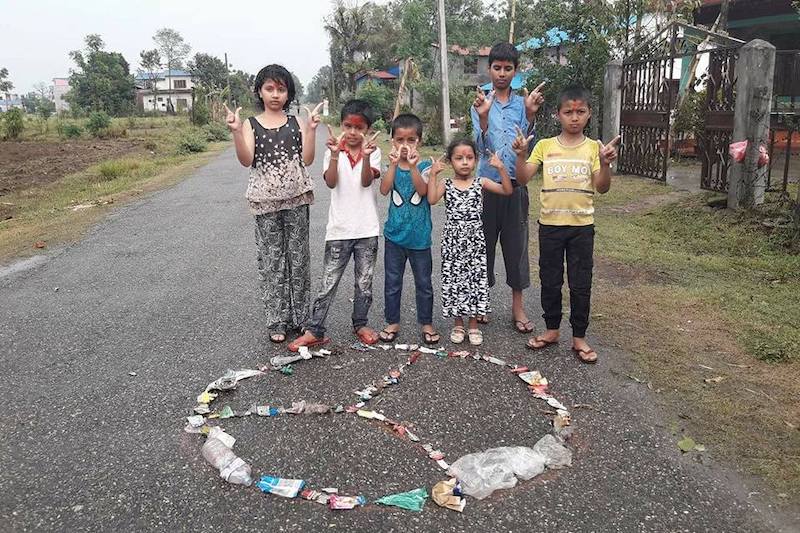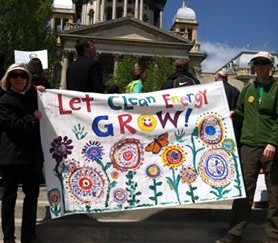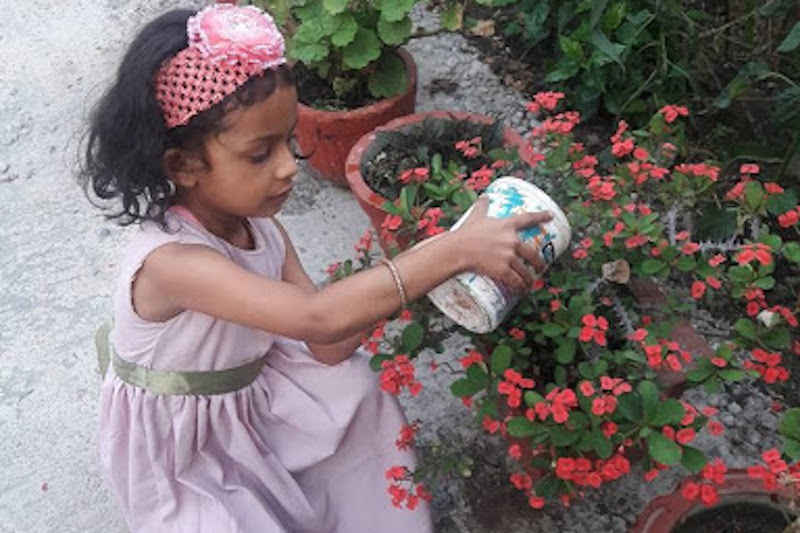Rural communities are highly vulnerable to climate change. Colorado State University lists a few reasons behind this, one of which is rural residents’ lower income rates. This leaves them with fewer resources to pay for the consequences of climate change, such as flash flooding. Another reason is that most occupations in rural areas are heavily dependent on weather conditions like agriculture. Lastly, the demographic factors of rural regions put them at a higher risk post-disaster. For example, dispersed communities with a high population of aging residents make it more difficult for rescuers to reach them and provide the necessary assistance.
Aside from these vulnerabilities, there are other effects that rural communities experience due to climate change. Here are a few:
It increases the risk of heat-related illnesses
The recent heatwaves across the country are the most extreme they’ve been. Temperatures were at an all-time high of 112 degrees Fahrenheit and they’re only expected to become more common due to climate change. STAT reports that this puts rural residents at a higher risk of heat-related conditions like heat stroke, dehydration, and heat exhaustion. Cooling centers (air-conditioned public spaces) are fewer and more distanced in rural areas, affecting residents’ access and resources to cope with heat waves. Further, these residents are far from healthcare facilities or hospitals that they can turn to in the event that they fall victim to heat-related conditions.
It disrupts agriculture
Changing weather conditions affect crops and livestock. For instance, peaches need a certain period of cool temperatures to grow in good quality. Due to increasing temperatures, shorter cool weather intervals can result in a harvest that cannot be eaten or sold. Meanwhile, livestock is vulnerable to heat stress. For example, cows produce less milk when they cannot manage the heat. As previously mentioned, rural residents often rely on agriculture for their income stream since farms are located in these communities. Climate change is detrimental to their livelihood, affecting their source of food and income.
It worsens the rural sewage system
Sewage situations in rural communities differ from urban areas. The book ‘Waste’ by environmental health researcher and author Catherine Coleman Flowers explores this topic. It focuses on the story of Pamela Rush, a Lowndes County, Alabama resident, and her life-long struggle with sanitation. In her community, the sewage system is inefficient. Her own backyard is filled with sewage waste pouring out of an open pipe. Due to one of climate change’s consequences being floods, this problem is worsened whenever it rains. Scattered sewage waste is harmful to residents’ health because of the bacteria and parasites in it, putting people’s health at great risk.
What’s being done to address climate change in rural areas?
While there are several ways climate change affects rural communities, the good news is that there are initiatives to alleviate this. In his book ‘The Hidden Life of Trees’, forester and ecology author Peter Wohlleben highlights the irreplaceable value of trees as they mitigate the impact of extreme heat or cold in their surroundings. He also notes that trees provide greater value as they grow older, highlighting the importance of planting and caring for them. Fortunately, the Biden administration is planting over a billion trees in dead woodlands. This is the right step to start countering the impact of climate change especially in rural areas.
Aside from this, individuals can contribute in their own ways. Our article ‘One Trainer’s Quest to Live a More Sustainable Life’ reveals trainer Neelu Grover’s steps in reducing her carbon footprint for climate change. She lives a sustainable lifestyle by refusing single-use plastic, reducing purchases, reusing belongings, composting, and recycling items. You can implement the same practices to be more conscious about your carbon footprint.
Rural areas are feeling the hard reality of climate change. However, government initiatives like tree-planting and individuals’ decisions to lead more sustainable lives are easing these.
Article written by Roane Justine
Exclusively for Play for Peace


.png)



















